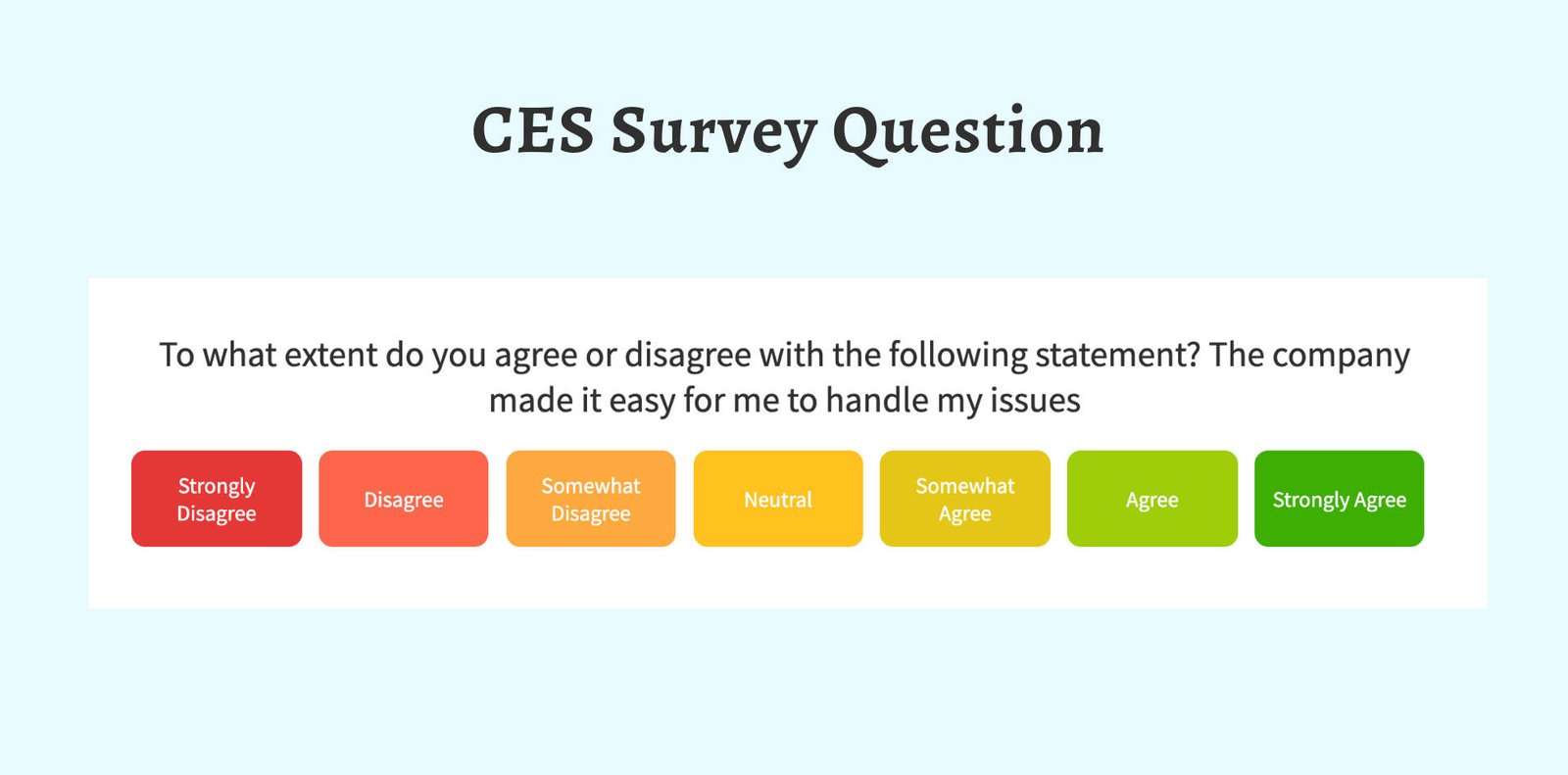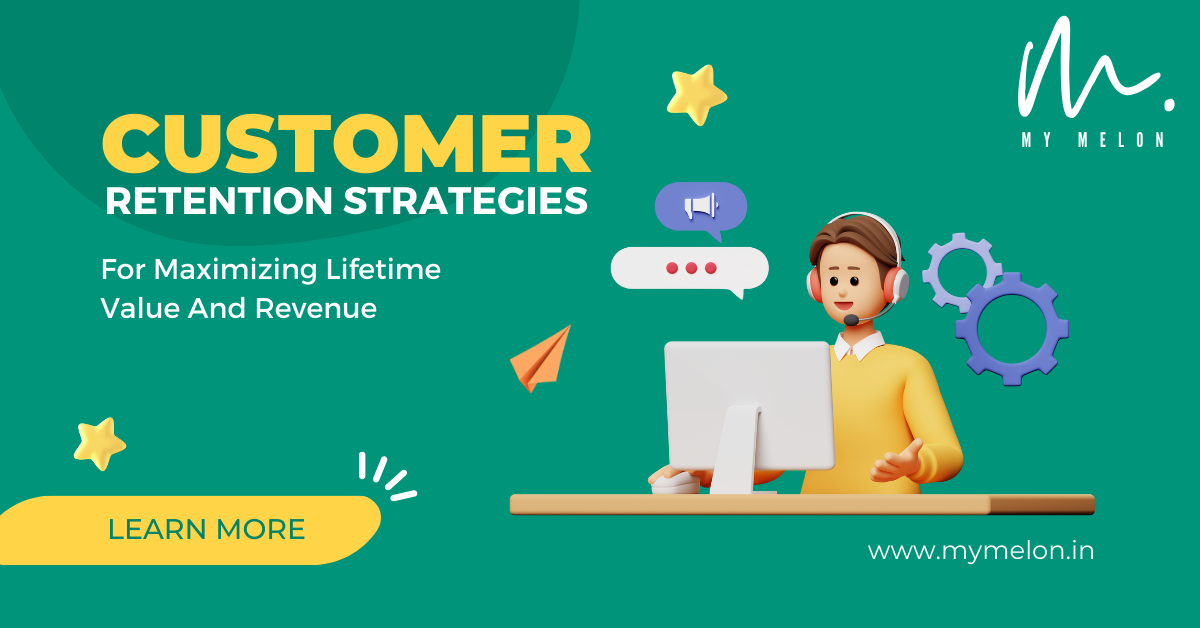Customer retention is not merely a business strategy… It’s both an ART and a SCIENCE as it involves a careful balance of human-centric approaches and data-driven decisions.
THE HUMAN ELEMENT IN CUSTOMER RETENTION
Without a doubt, retaining customers starts with building genuine & meaningful relationships. Customers long for personal connections with the brands they interact with.
- Emotional Engagement…Customers are more likely to stay loyal to a brand that evokes positive emotions. Engaging storytelling, relatable content & exceptional customer service all contribute to emotional engagement.
- Trust & Transparency… Trust is the cornerstone of customer relationships. Being transparent about your products, services & policies builds trust, making customers feel secure in their choices.
- Effective Communication… Open lines of communication, where customers can easily reach out with inquiries or feedback, are essential. Responsive customer service teams and clear communication channels foster trust.
- Community Building… Brands can create communities around their products or services, providing customers with a sense of belonging. This can be achieved through forums, social media groups, or exclusive events.
DATA-DRIVEN DECISION MAKING
While the human element is crucial, data-driven insights are equally vital in modern customer retention strategies.
- Customer Segmentation… Data analysis allows businesses to segment their customer base effectively. By categorizing customers based on demographics, behavior & preferences, companies can tailor their marketing efforts accordingly.
Companies that leverage customer behaviour data outperform peers by 85% in sales growth and more than 25% in gross margin.
- Predictive Analytics… Predictive analytics utilizes historical data and machine learning algorithms to forecast future customer behavior. This can be applied to identify potential churners and take proactive measures.
- Personalization… Personalized experiences are made possible through data analysis. From personalized product recommendations to targeted email marketing, data enables businesses to cater to individual customer preferences.
Netflix’s recommendation system uses machine learning algorithms to analyze viewing history and suggest content, contributing to increased viewer retention.
- Customer Journey Mapping… Data-driven insights help in mapping the customer journey. Understanding the various touchpoints & pain points along this journey allows businesses to make improvements that enhance the overall experience.
THE ROLE OF CUSTOMER LIFETIME VALUE (CLV)
To fully appreciate the significance of customer retention, it’s essential to grasp the concept of Customer Lifetime Value (CLV) in greater detail.
CALCULATING CLV
Customer Lifetime Value represents the total revenue a business can expect to generate from a single customer throughout their entire relationship with the brand.
The formula for CLV typically looks like this:
CLV = {(Average Purchase Value * Average Purchase Frequency) * Average Customer Lifespan}
UNDERSTANDING CLV COMPONENTS
To maximize CLV, it’s crucial to dissect its components and identify areas for improvement:
- Average Purchase Value (APV)… APV can be increased by offering upsells, cross-sells, and premium products or services. Businesses can also implement pricing strategies that encourage higher spending.
Amazon Prime offers premium services, such as faster shipping and exclusive access to streaming content, increasing APV for subscribers.
- Average Purchase Frequency (APF)… Encouraging customers to buy more often involves strategies like loyalty programs, personalized recommendations, and targeted marketing campaigns.
Starbucks’ loyalty program rewards frequent customers with free drinks, incentivizing regular visits.
- Average Customer Lifespan (ACL)… Extending the duration of customer engagement can be achieved through exceptional customer service, maintaining relevance over time, and adapting to evolving customer needs.
The average customer lifespan for online retailers is 3 years, but this can vary significantly based on the industry and customer relationship strategies.
CLV AS A GROWTH DRIVER
Here’s how CLV influences decision-making:
- Customer Acquisition vs. Retention… By understanding CLV, businesses can make informed decisions about where to allocate their resources. While acquiring new customers is essential, CLV often highlights the value of retaining existing ones.
Increasing customer retention rates by 5% can increase profits by 25% to 95%.
- Tailoring Marketing Efforts… CLV insights help in crafting marketing strategies that focus on the most valuable customer segments. This ensures that marketing budgets are optimized for maximum impact.
An e-commerce retailer might identify that its high CLV customers are more responsive to email marketing, leading to more personalized email campaigns.
- Product and Service Development… CLV data can inform product/service enhancements that resonate with high-value customers ensuring their continued loyalty.
Adobe reports that 40% of a company’s revenue comes from its top 8% of customers.
BUILDING STRONG CUSTOMER RELATIONSHIPS
Building and nurturing strong customer relationships is at the core of effective retention strategies. Let’s explore this aspect in greater detail, including best practices and examples.
Personalization in Digital Marketing… Personalization isn’t just about addressing customers by their first names in emails; it’s about delivering tailored experiences that resonate with each individual. Here’s how businesses can achieve personalization in their digital marketing efforts:
Leveraging Customer Data… Data is the foundation of personalization. By collecting and analyzing data on customer behavior, preferences, and interactions, businesses can gain valuable insights to inform their personalization strategies.
Amazon uses data on past purchases, browsing history, and even wish lists to make highly accurate product recommendations to its customers.
Implementing Personalized Email Marketing Campaigns… Email marketing remains a potent tool for customer retention. However, generic email blasts are far less effective than personalized campaigns that cater to individual interests and needs.
Spotify sends personalized playlists to users based on their music preferences and listening history, creating a more engaging experience.
Dynamic Website Content… Websites can also offer personalized experiences through dynamic content that adapts based on user behavior.
Netflix’s homepage showcases different content to different users based on their past viewing habits.
LOYALTY PROGRAMS & INCENTIVES
Loyalty programs and incentives are powerful tools for retaining customers and increasing their lifetime value. Let’s explore the psychology behind customer loyalty and how businesses can effectively implement loyalty programs.
The Psychology of Customer Loyalty… Understanding the psychological factors that drive customer loyalty is fundamental to creating effective retention strategies.
Trust & Consistency… Customers often stick with brands they trust and have had positive experiences with. Consistently delivering on promises fosters trust.
According to a survey by Edelman, 81% of customers say that trusting a brand is a deal-breaker for them.
Reciprocity… Customers feel a sense of reciprocity when they receive value from a brand. Loyalty programs, in particular, tap into this psychology by rewarding customers for their loyalty.
Airlines frequently offer complimentary upgrades or lounge access to frequent flyers, reciprocating their loyalty.
Creating Loyalty Programs… Loyalty programs come in various forms, and their success largely depends on how well they align with the brand and customer preferences.
Points-Based Systems… Rewarding customers with points for each purchase, which can be redeemed for discounts or exclusive products, is a common loyalty program model.
Starbucks’ Starbucks Rewards program allows customers to earn points for every purchase, leading to free beverages and food items.
Exclusive Discounts and Rewards… Exclusive discounts, early access to sales, or VIP events are highly effective in making customers feel valued and appreciated.
57% of consumers say they would consider spending more with a brand in return for a loyalty reward.
Tiered Loyalty Programs… Tiered loyalty programs provide different levels of rewards based on customer engagement, encouraging customers to reach higher tiers for greater benefits.
Hotels often have tiered loyalty programs where members unlock more benefits as they move up tiers, such as free room upgrades and late check-outs.
MEASURING CUSTOMER RETENTION METRICS
- Customer Churn Rate… The churn rate represents the percentage of customers who stop doing business with your company over a specific period. Reducing churn is a primary goal of customer retention strategies.
According to Gartner, 80% of a company’s future revenue will come from just 20% of its existing customers.
- Retention Rate… The retention rate measures the percentage of customers who continue to do business with your company over time. A higher retention rate indicates stronger customer loyalty.
A subscription-based streaming service like Spotify tracks how many subscribers renew their subscriptions after their initial sign-up period.
- Customer Lifetime Value (CLV)… We’ve already explored CLV in detail, but it’s worth emphasizing its importance as a KPI for customer retention. It provides a comprehensive view of the long-term value customers bring to your business.
Repeat buyers make up just 8% of website visitors but drive 41% of a website’s revenue.
- Customer Satisfaction (CSAT) Score… CSAT scores measure customer satisfaction with your products or services. High CSAT scores are indicative of satisfied customers who are more likely to remain loyal.
A study by the American Customer Satisfaction Index (ACSI) found that customer satisfaction is a leading indicator of customer retention and loyalty.
- Net Promoter Score (NPS)… NPS measures customer loyalty by asking a simple question: “On a scale of 0 to 10, how likely are you to recommend our company to a friend or colleague?” Promoters (score 9-10) are highly likely to recommend, while detractors (score 0-6) are not.
- Customer Effort Score (CES)… CES assesses the ease with which customers can achieve their goals when interacting with your company. Lower effort scores indicate a smoother customer experience.

Harvard Business Review reports that customers with low-effort experiences are 94% more likely to repurchase.
- Repeat Purchase Rate… The repeat purchase rate measures how frequently customers make additional purchases from your brand. A high repeat purchase rate is a positive sign of customer retention.
AMAZON PRIME… A LOYALTY PROGRAM SUCCESS
Amazon Prime is a prime example of customer retention through a loyalty program. It combines multiple retention strategies into one powerful package:
- Subscription-Based Loyalty… Amazon Prime offers a subscription-based loyalty program where customers pay a monthly/annual fee in exchange for exclusive benefits.
Amazon Prime members enjoy benefits like free two-day shipping, access to Prime Video, Prime Music & exclusive discounts.
- Enhanced Customer Experience… The program enhances the customer experience by providing faster shipping, access to a vast library of content & special discounts.
- Data-Driven Personalization… Amazon leverages data to personalize recommendations and offers for Prime members, increasing the chances of cross-selling and upselling.
- Customer Engagement and Loyalty… By continually adding new benefits & exclusive content, Amazon keeps its Prime members engaged & loyal.
As of August 2023, Amazon Prime has 200+ million members globally, showcasing the success of this retention strategy.
THE BOTTOM LINE…
Customer retention is a potent force for maximizing lifetime value and revenue in the digital marketing landscape. By understanding the significance of customer retention, personalizing marketing efforts, implementing loyalty programs, gathering feedback, and leveraging technology and data, businesses can unlock the full potential of their existing customer base.
As MyMelon, a digital marketing agency, we are committed to helping businesses thrive by implementing effective customer retention strategies. Start today and watch your revenue and customer loyalty soar…





